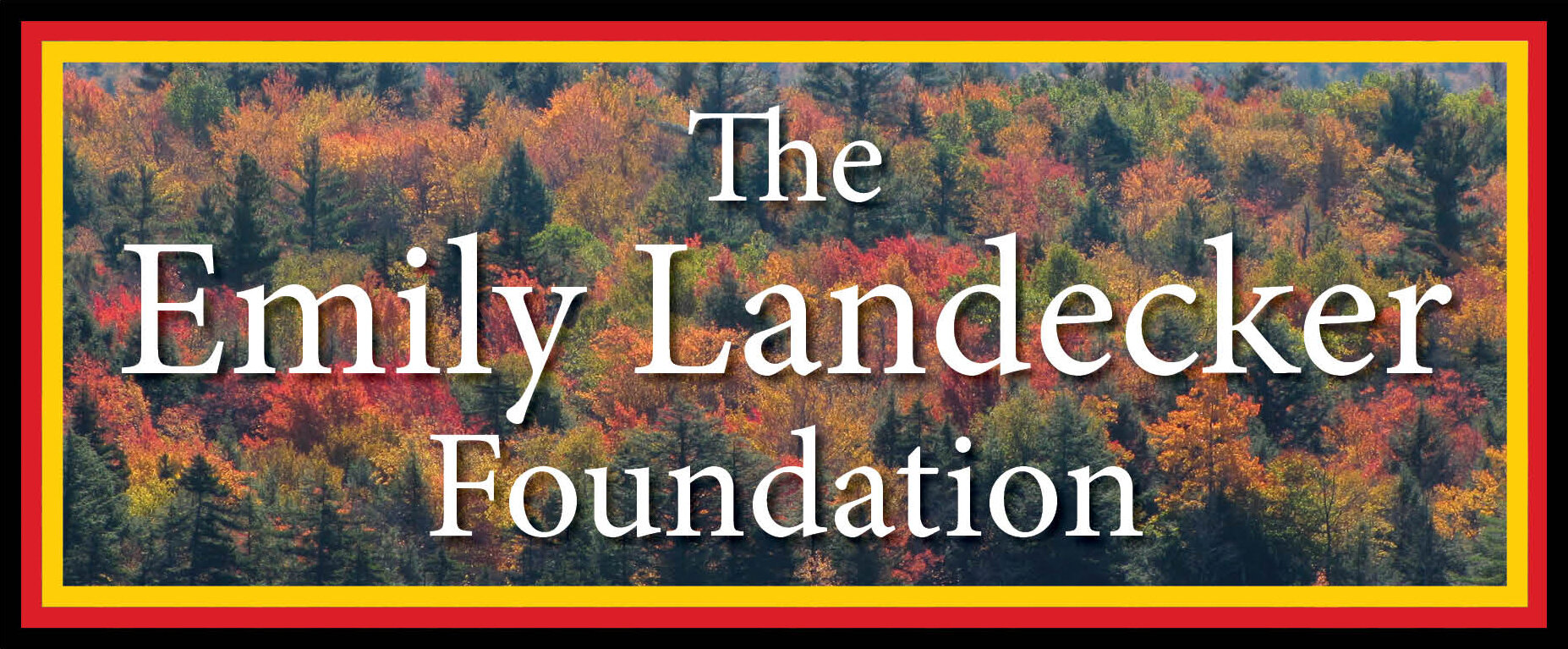Threats to Vermont’s Wildlife
According to Vermont's 2015 Wildlife Action Plan Draft:
- a significant number of wildlife species, ranging from small invertebrates, such as pollinators, to wide ranging mammals, are threatened by habitat loss, fragmentation, invasive exotic species, diseases, and climate change
- a survey by the U.S. Fish and Wildlife Service documented that 62 percent of Vermonters enjoyed fishing, hunting, or wildlife watching. Vermont ranked second, just two points behind Alaska!
Clearly, Vermonters love wildlife. However, if we want to continue enjoying wildlife in the future, we need to act today. Because 80% of Vermont’s wildlife habitat is privately owned, what we do on our land matters to Vermont’s wildlife! Read on to learn more about what we can do to minimize the threats to wildlife.
WHAT IS A CORE FOREST and why is it important?
A core forest is defined as the uninterrupted area of forest beginning at least 330 feet from any developed area (road, house, driveway, lawn, field). Core forests provide interior forest habitats, which are required by many of our more reclusive wildlife species. Songbirds, such as ovenbirds and black-throated blue warblers, require at least 500 acres of core forest for successful breeding, while moose require 30,000 acres. The large habitat areas required by wide-ranging animals can encompass many smaller core forest areas but these must include connecting corridors to link the core forests.
FOR WILDLIFE DEPENDENT ON INTERIOR FOREST HABITATS…THE BIGGER THE CORE FOREST, THE BETTER!
The shape that a forest acquires through fragmentation is an important determinant of core forest size and its functional integrity. Circular or square forested areas provide the greatest amount of core forest habitat and the least amount of forest edge.
Forest edge is the area of forest within 330 feet of developed areas. The forest edge is home to animals that are adapted to living near humans as well as being predators of forest interior species. Examples include cowbirds, raccoons, pet dogs, and domestic cats.
In highly fragmented forests, these forest edge predators can threaten the survival of forest interior species. Fragmentation can prevent or limit access to important habitats such as wetlands, denning areas, and feeding areas making it harder for wildlife to survive and reproduce.
Fragmentation can also lead to isolated, and therefore inbred populations of wildlife, which weaken species and may threaten their long-term survival.
WHAT IS FOREST FRAGMENTATION?
Fragmentation occurs when large blocks of wildlife habitats are divided into smaller and smaller pieces. Such development patterns diminish the functional integrity of habitats. For example, forests are cleared for roads and house lots, while meadows become lawns. Special natural features, such as vernal pools and core forests, which are needed by many native plant and animal species, may be degraded, eliminated, or made inaccessible.
In our forested areas, when fragmentation occurs repeatedly over the years, the remaining forest becomes so small that it ceases to function as a “core forest” and is simply a bunch of trees, unable to support a diverse ecosystem.
Bear nests








